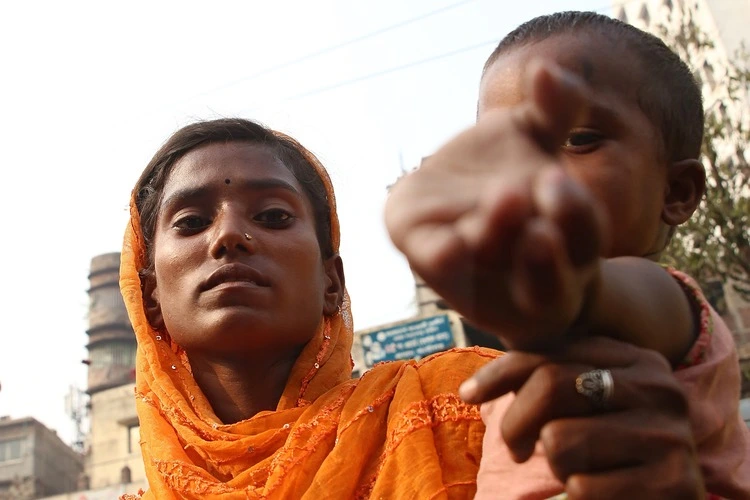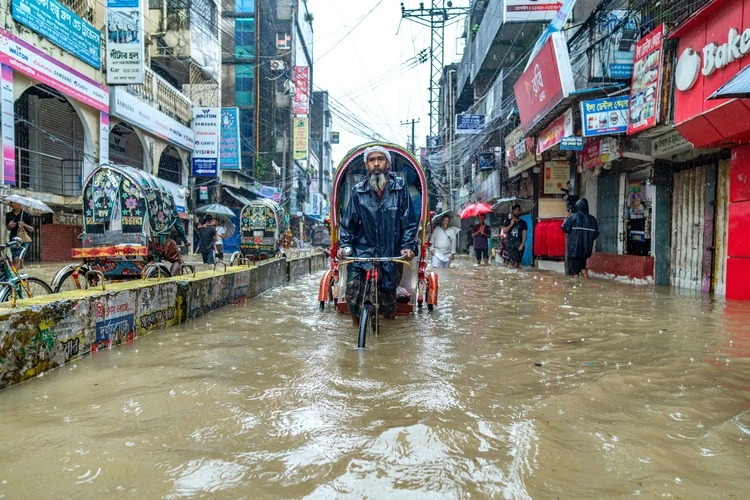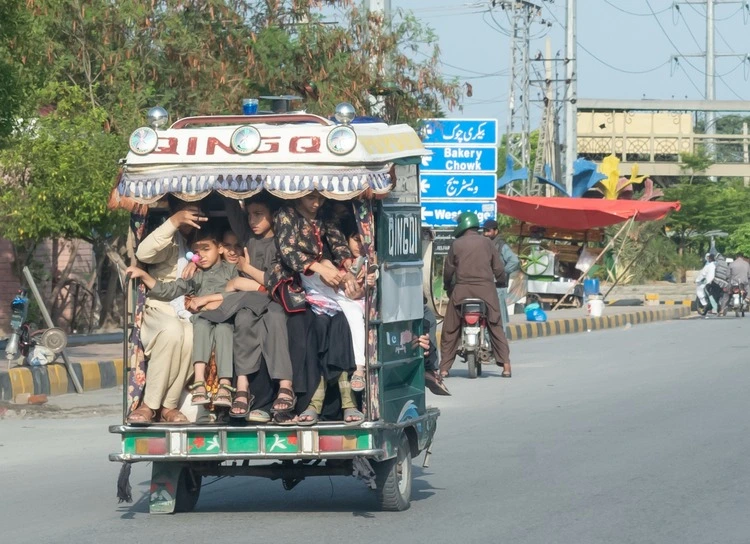
The countries with the greatest number of food-insecure individuals around the world – and why they are facing such catastrophic shortages
By
59. That’s how many countries and territories experienced high levels of acute food insecurity in 2023.
Food insecurity can be defined into two broad categories: moderate and severe. For those suffering from moderate food insecurity, this may take the form of compromising food quality and variety, or reducing the quantity of meals, as well as skipping them entirely.
Enjoying this article? Check out our related reads:
Severe food insecurity, meanwhile, is characterised by running out of food, and not eating for one day or more.
Below are the top five nations with the most moderately or severely food insecure people in the world (taken from a 2021–2023 average), in reverse order:
It’s important to note that several countries experiencing major food crises do not feature in the breakdown below due to their smaller population size –such as Afghanistan, South Sudan and Sierra Leone. A staggering 80 per cent of people in these countries were food insecure between 2021 and 2023, a proportion far greater than any of the countries listed below.
5) Bangladesh – 52.3 million

High levels of food insecurity in Bangladesh occur due to a combination of factors from high inflation, repeated climate shocks and reduced income opportunities.
Climate change is causing an increased frequency and intensity of extreme weather events like cyclones, droughts and floods in the nation – all of which directly impact crop production and lead to soaring prices. Extreme heat from climate change also reduces crop yields, as well as making it more difficult for individuals to perform outdoor labour jobs. In turn, these individuals’ ability to afford food is severely reduced.
4) Ethiopia – 72.8 million
A combination of multiple overlapping crises has led to Ethiopia’s severe food insecurity. Continued conflict alongside droughts, disease outbreaks (such as malaria, measles and cholera), and inflation combine together to produce disastrous effects on the country’s food supply.
The impacts of such prolific food shortages are felt prominently in the north of the country – in particular, Tigray – where droughts and a lack of rainfall led to parched fields and dry agricultural land last summer. The region is still reeling from the effects of a two-year-long civil war between local Tigray forces and the federal government, leading to mass displacement and disruption of activities, including agricultural practices.
The cost of goods within Ethiopia has also risen to levels that most individuals are unable to afford – a recent UN assessment estimated the cost of food has increased by 67 per cent, with milk more than doubling in price.
3) DRC – 79.4 million
The Democratic Republic of Congo is currently experiencing one of the largest hunger crises in the world, caused by widespread poverty, low agricultural production, high food prices and a lack of basic infrastructure. Almost all regions in the country are affected by crisis levels of hunger, but without these factors, the DRC boasts an ‘inherent capacity’ to be self-sufficient in its food production, with fertile lands and abundant water resources.
But the reality of many of those living in the country belies a far more disastrous and catastrophic truth. Particularly in the eastern regions of the country, agricultural livelihoods are threatened – in 2024, 25 per cent of livestock keepers reported animal losses, while 35 per cent of affected households had less cropland to farm on compared to the year prior.
On top of these factors lies another stark impact upon the country: that from one of the world’s longest armed conflicts spanning decades and involving around 100 armed groups. Such conflict reduces the ability of the DRC to become fully food-sufficient.
2) Pakistan – 105.8 million

So stark is the food insecurity within Pakistan that 82 per cent of the country’s 240-million strong population are unable to afford a healthy diet – and a staggering 18 per cent of children under five are acutely malnourished.
The nation is prone to extreme weather, with droughts increasing in frequency and stunting the ability for adequate food production. High food and fuel prices, along with the knock-on effects of the Russia-Ukraine war and livestock diseases also combined to impact the production of wheat (a staple crop) during the 2023 harvest season.
1) Nigeria – 161.4 million
At number one is Nigeria, Africa’s most populous country, with the largest amount of moderately or severely food insecure people of any nation on the planet. According to a recent UN report, the country is expected to face an even greater hunger crisis in the second half of this year, with the northeastern states of Borno, Adamawa and Yobe particularly affected.
Following catastrophic floods, major increases in food prices and 15 years of insurgency in the northeast, Nigeria’s food crisis has experienced a significant deterioration over the last year as more and more people struggle to find enough food. Estimates suggest a third of the country live on less than £1 per day.
Malnutrition in the country is also leading to further diseases, such as diarrhoea and tuberculosis.



